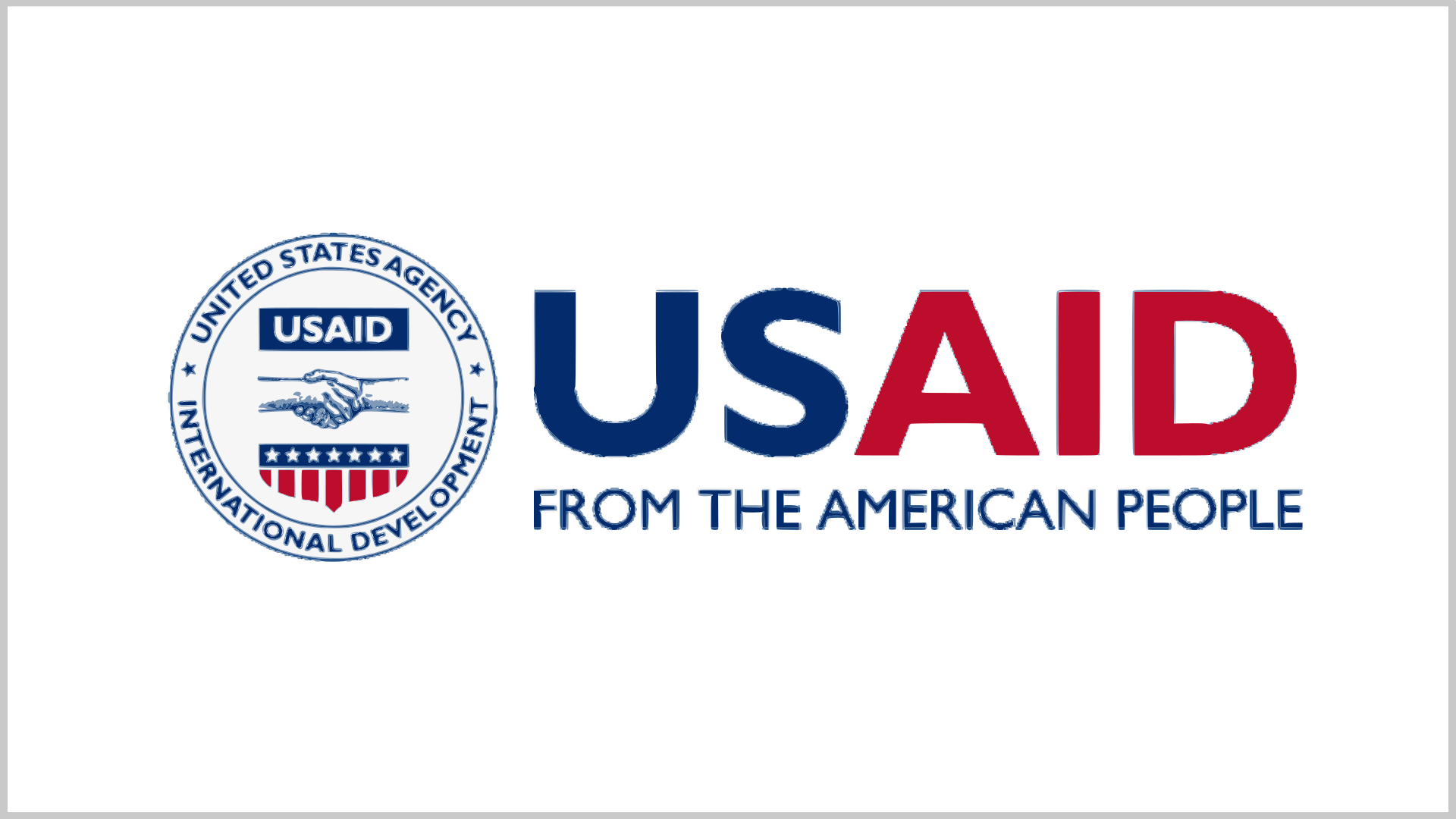
USAID: Global Development with Taxpayer Funding
The United States Agency for International Development (USAID) plays a pivotal role in advancing global development and humanitarian efforts. Funded predominantly by American taxpayer dollars, USAID‘s mandate extends to a myriad of initiatives aimed at alleviating poverty, promoting education, improving health, and fostering economic growth in countries around the world. As discussions about government spending and fiscal responsibility take center stage, understanding how USAID allocates these funds becomes increasingly essential for taxpayers who wish to know the outcomes of their contributions. This article examines the mechanics of USAID‘s funding and evaluates its impact on global development.
How USAID Utilizes Taxpayer Dollars for Global Development
USAID operates on a substantial budget sourced primarily from the federal budget, with taxpayer dollars earmarked for various development initiatives. Each year, Congress debates and decides the level of funding allocated to USAID, which is then distributed among various programs focused on areas such as health, education, and agriculture. These initiatives target some of the most pressing global challenges, including food insecurity, disease outbreaks, and lack of educational opportunities. By strategically investing taxpayer dollars, the agency aims to create sustainable solutions that empower communities and foster resilience.
The agency employs a mix of direct funding, partnerships with non-governmental organizations (NGOs), and collaborations with international agencies to maximize the impact of its resources. For instance, USAID often partners with organizations that have deep-rooted connections in local communities, ensuring that funds reach those who need them most. Additionally, USAID emphasizes accountability and transparency in its operations, requiring detailed reports from partner organizations regarding how funds are spent and the outcomes achieved. This oversight is crucial for maintaining public trust and ensuring that taxpayer dollars are utilized effectively.
Moreover, USAID‘s funding is not static; it evolves based on emerging global issues and the performance of previous programs. Through rigorous monitoring and evaluation, the agency can adjust its strategies and funding allocations to address new challenges or scale successful initiatives. This responsiveness allows it to remain relevant in an ever-changing global landscape, making the best use of taxpayer contributions to promote development where it is needed most.
The Ripple Effect: Assessing USAID’s Impact Worldwide
The impact of USAID‘s work can be seen across numerous sectors and regions, often leading to transformative changes in local communities. For instance, investments in healthcare have resulted in significant reductions in maternal and child mortality rates in countries like Ethiopia and Mozambique. Through programs that improve access to clean water and sanitation, the agency has contributed to healthier populations and enhanced economic productivity. These outcomes demonstrate how taxpayer dollars can effectuate real change, reinforcing the importance of continued support for international assistance.
Education is another critical area where USAID has made notable strides. Initiatives aimed at improving literacy rates and vocational training have equipped millions of children and adults with the skills necessary to thrive in the 21st-century economy. In regions grappling with conflict and instability, its educational programs often serve as beacons of hope, fostering social cohesion and resilience among vulnerable populations. This ripple effect not only benefits individuals but also strengthens communities, contributing to broader social and economic stability.
However, measuring the long-term impact of USAID’s initiatives can be complex. Factors such as local governance, economic conditions, and cultural dynamics all play a role in determining the success of development programs. Despite these challenges, independent evaluations and studies frequently highlight the positive effects of USAID-funded projects. By investing in sustainable development and capacity building, the agency helps nations transition from reliance on aid to self-sufficiency, ultimately benefiting both recipient countries and American taxpayers who fund these efforts.
As stewards of taxpayer dollars, USAID bears a significant responsibility to utilize funds wisely and effectively for global development. By investing in health, education, and economic growth, the agency not only addresses immediate challenges but also fosters long-term resilience in communities around the world. The transformative impact of its work underscores the importance of continued investment in international assistance, aligning with both humanitarian values and American interests. As taxpayers, understanding how these dollars are spent is crucial in advocating for responsible governance and impactful development initiatives that reflect the collective commitment to a better world.






